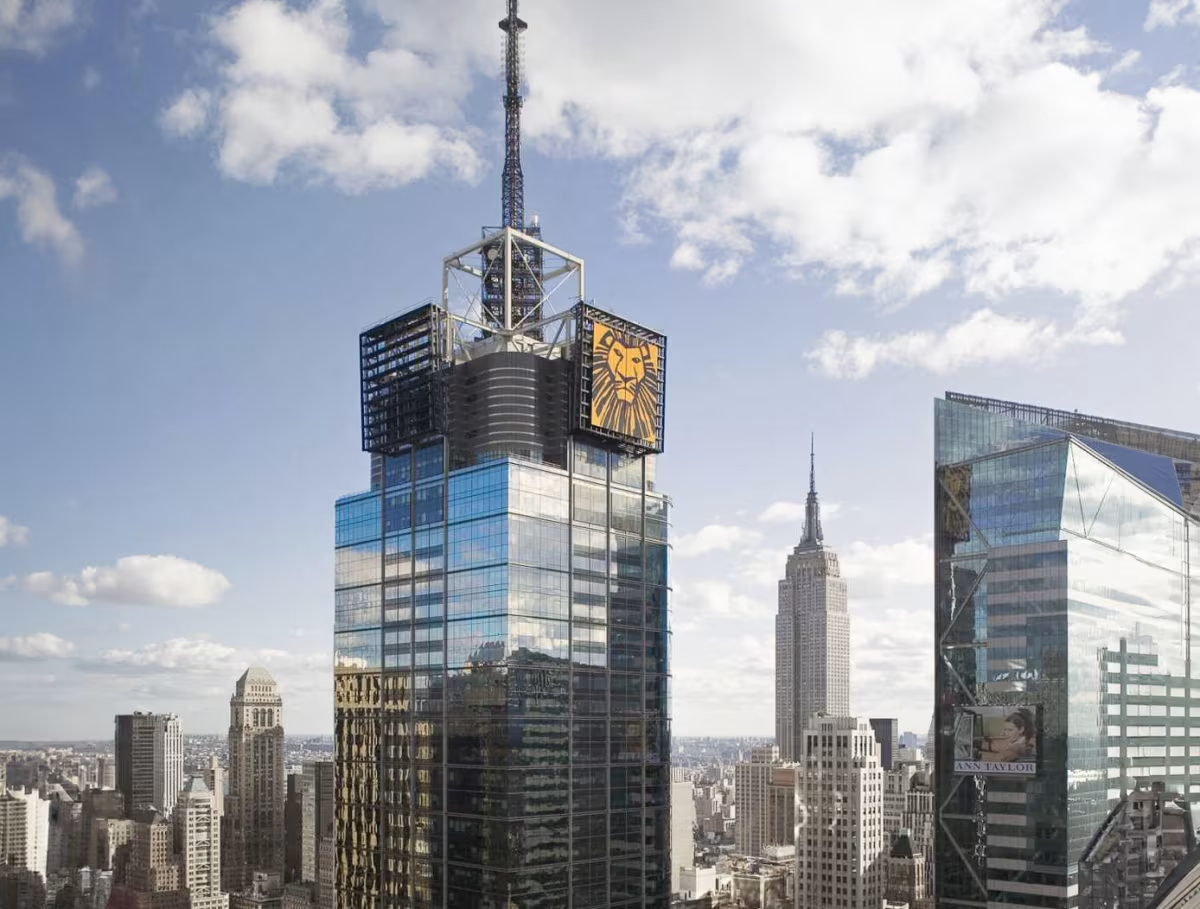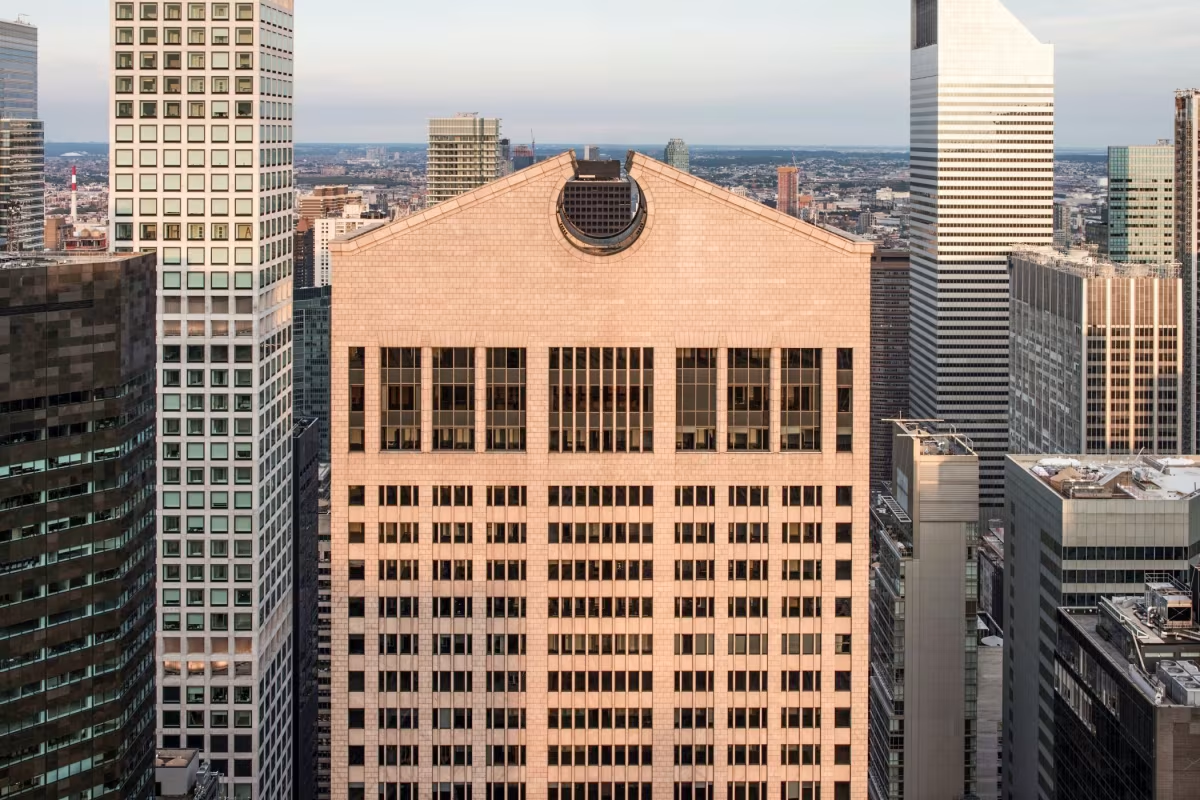4 Times Square vs 550 Madison Avenue


Comparing the 4 Times Square and the 550 Madison Avenue is interesting because they both rise in New York, NY, yet they were conceived by two different design teams, Fox & Fowle Architects and Johnson/Burgee Architects, and were completed at different points in time. They were finished more than a decade apart.
This contrast within the same city allows us to see how different creative minds interpreted the evolving needs of New York across time.
Let's take a closer look!
Height & Size
The 4 Times Square is clearly the larger tower of the two, both in terms of height and number of floors. It rises to 810ft (247m) with 52 floors above ground, while the 550 Madison Avenue reaches 646ft (197m) with 37 floors above ground.
4 Times Square also offers more total built-up area, a total fo 1,614,585 sqf (150,000m2), which is about 794,591 sqf (73,820m2) more than what the 550 Madison Avenue offers.
Of course, each project may have faced different briefs or regulatory constraints, which we don't really know about and could also explain the outcome.
Architectural Style
Both the 4 Times Square and the 550 Madison Avenue were designed in line with the aesthetic conventions of the Postmodernism style.
The 4 Times Square was designed at a moment when the Postmodernism style was already in decline, making it more of a lingering expression of the movement. In contrast, the 550 Madison Avenue style was already in decline, making it more of a lingering expression of the movement. In contrast, the 550 Madison Avenue was built when the style still carried greater cultural weight.
Uses
Both the 4 Times Square and the 550 Madison Avenue were designed to serve as commercial towers, and that has remained their main use since their completion, serving similar roles in the urban fabric.
The 550 Madison Avenue also provides 20 parking spaces.
Structure & Facade
Both towers share the same structural solution, a Frame system.
A frame structure uses a grid of columns and beams to carry the building's loads. This frees the walls from structural duties, allowing for flexible floor plans and larger windows.
However, when it comes to the facade, both buildings use different approaches. The 4 Times Square uses a Curtain Wall facade, while the 550 Madison Avenue uses a Modular facade.
A Curtain Wall facade like the one seen in the 4 Times Square uses a lightweight glass curtain wall hung from the structure, while a modular facade like the one seen in the 550 Madison Avenue employs prefabricated panels, often mixing solid surfaces with smaller windows.
| 4 Times Square | 550 Madison Avenue | |
|---|---|---|
| Fox & Fowle Architects | Architect | Johnson/Burgee Architects |
| 1995 | Design Ended | 1979 |
| 1996 | Construction Started | 1981 |
| 1999 | Year Completed | 1984 |
| Postmodernism | Architectural Style | Postmodernism |
| Commercial | Current Use | Commercial |
| 52 | Floors Above Ground | 37 |
| 2 | Floors Below Ground | 3 |
| 247 m | Height (m) | 197 m |
| 150000 | Built-up Area (m²) | 76180 |
| 135,314 m² | Usable Area (m²) | 63,650 m² |
| Frame | Structure Type | Frame |
| Steel | Vertical Structure Material | Steel |
| Concrete And Steel | Horizontal Structure Material | Concrete And Steel |
| No | Facade Structural? | Yes |
| Glass, Aluminum | Main Facade Material | Granite, Glass |
| Tishman Construction | Main Contractor | William Crow Construction, And HRH Construction |
| Durst Organization | Developer | American Telephone & Telegraph |
| Cosentini Associates | MEP Engineer | Cosentini Associates |
| WSP Cantor Seinuk | Structural Engineer | Leslie E. Robertson Associates |
| NY | State | NY |
| New York | City | New York |
| 151 West 42nd Street | Address | 550 Madison Avenue |